Apple occupies a dominant position in the field of phones, tablets, computers and wearable electronics. However, when it comes to the smart home, the competition is much better, both in terms of marketability and available functions and usability. It's been a few weeks since we've been on our magazine published an article which deals with HomePod's shortcomings compared to the competition in detail. But in order not to offend Apple, we will look at this issue from the opposite point of view and show HomePod in a better light compared to Google Home and Amazon Echo.
It could be interest you
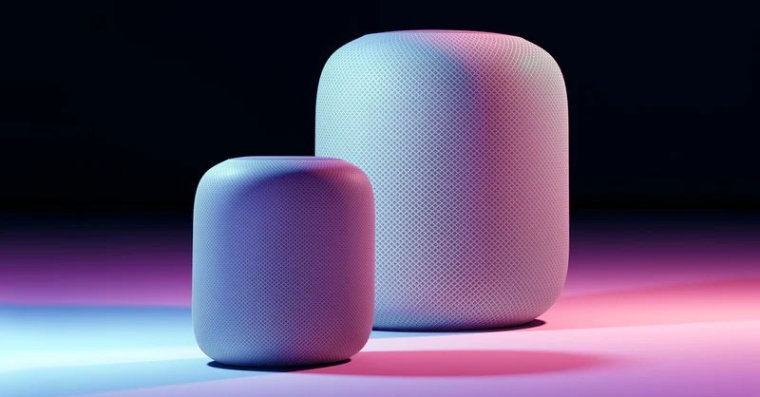
It just works
If you are one of the users who switched to the Apple ecosystem from the competing one, you may have been surprised right from the start that you don't have to set up anything complicated. After signing in to your Apple ID account, you can use it to its full potential almost immediately. The exact same rule applies to the HomePod, you only need to plug it into the mains, wait for it to turn on, bring it closer to the iPhone, and within a few minutes you are set. The speaker instantly connects to your calendar, messages, music library and smart home. As for competing smart assistants, the entire setup procedure is significantly more complicated. Downloading the app and creating an Amazon or Google account probably won't be a problem for anyone, but even then you're not a complete winner. You have to add both smart home and music services manually, as well as calendar or e-mail accounts with Amazon. We can't blame the competition entirely, but for the end user who doesn't want to bother with settings, Apple has an ace up its sleeve.

ecosystem
In the article where I was rather critical of HomePod functions, I mentioned that the ecosystem is simply not enough to satisfy demanding customers. I stand by this opinion, however, there are still some advantages that the HomePod offers. First of all, if you have one of the phones with a U1 chip and you want to play content on the HomePod, all you have to do is hold the smartphone over the top of the HomePod. Even if you don't have a newer device, simply select the speaker in the control center. All shortcut and automation settings are synchronized with your account, so you don't need to set individual shortcuts separately for HomePod.
Language support
Even though Siri doesn't answer all your questions exactly as you would imagine, you can talk to her in a total of 21 languages. Amazon Alexa offers 8 languages, while Google Home can "only" speak 13. If you don't speak English, but you can get along without any problems in other parts of the world, you will most likely get by with Siri, but not with other assistants anyway.
It could be interest you

Feature support in individual regions
Another no less important aspect in decision-making is related to the paragraph above - it is necessary to find out which functions will work correctly in our regions. Siri on the HomePod still doesn't speak Czech, but that's no problem for people who speak English. In addition, the Home application itself is completely in Czech. Applications from competitors are not translated into our native language, but most users will not mind either. It remains a rather unpleasant fact that you will not be able to operate certain functions on speakers from Amazon or Google in your country. In the case of both speakers, this ailment can be circumvented - with Google you just need to change the language of the device to English, with speakers from Amazon it is useful to add a virtual American address to your Amazon account - but you have to admit that for less tech-savvy users this is relatively uncomfortable.
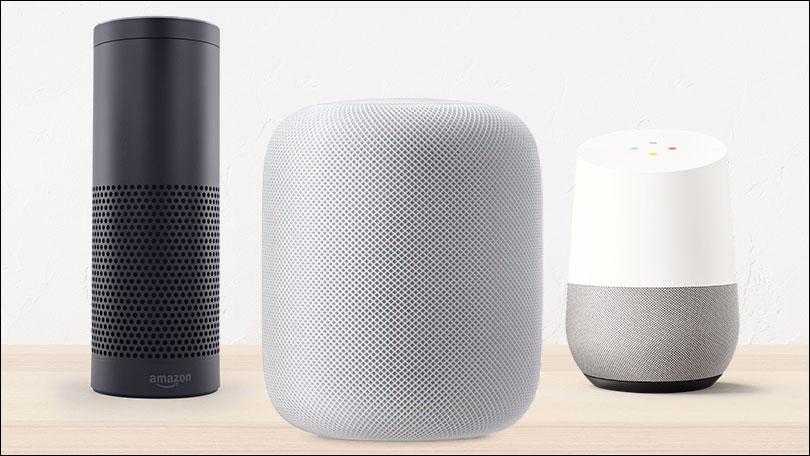
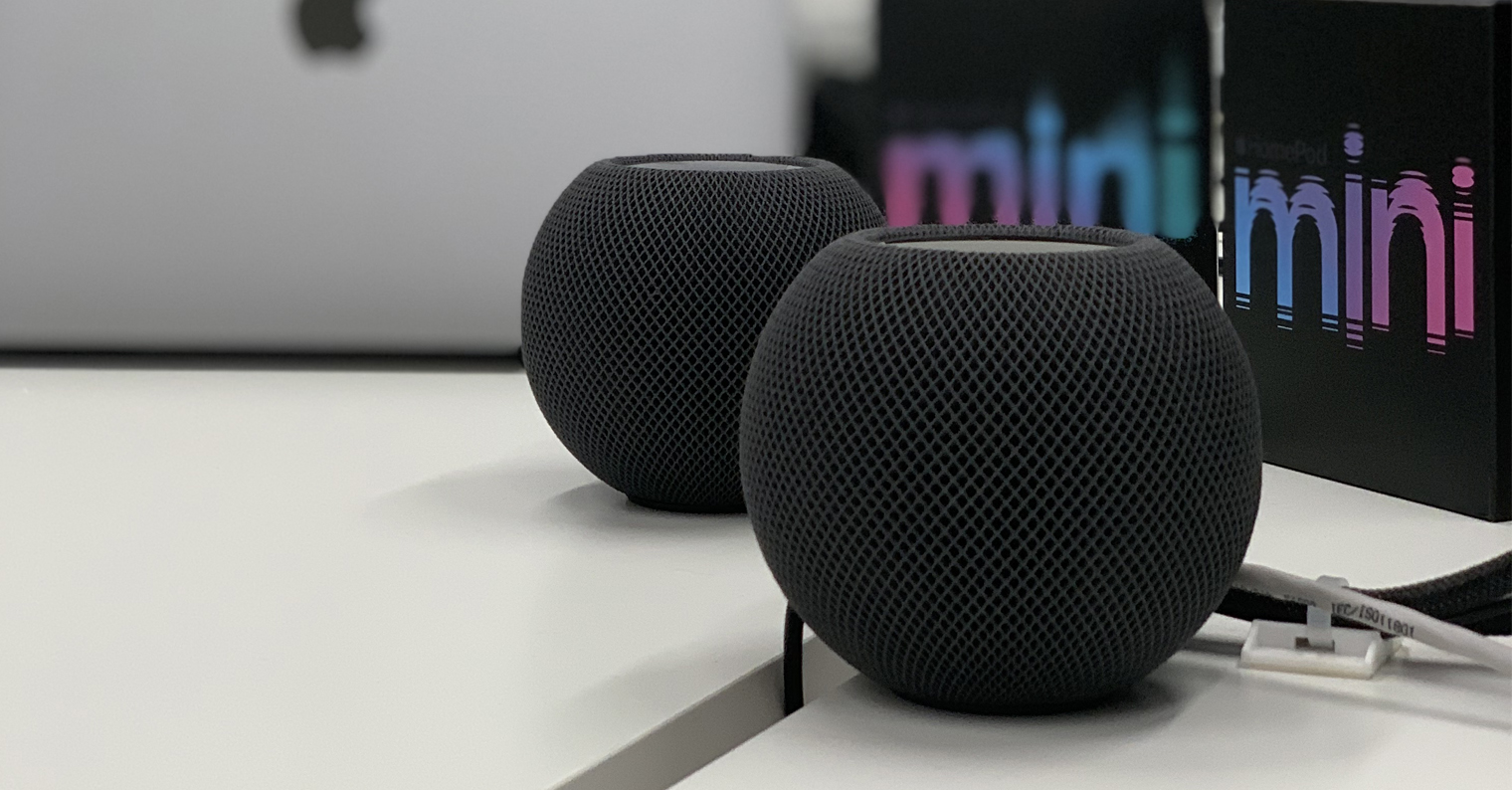
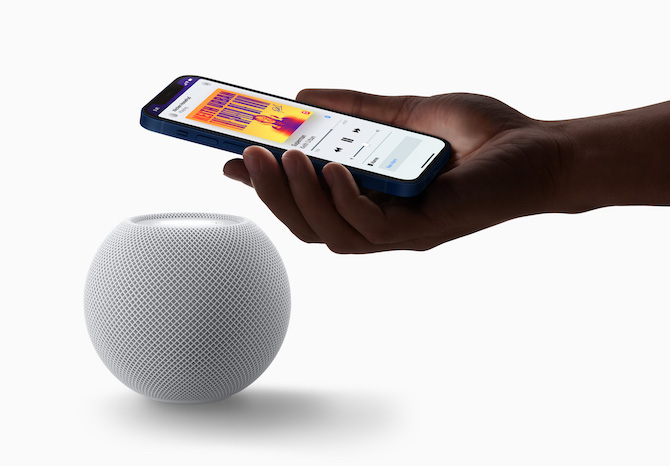

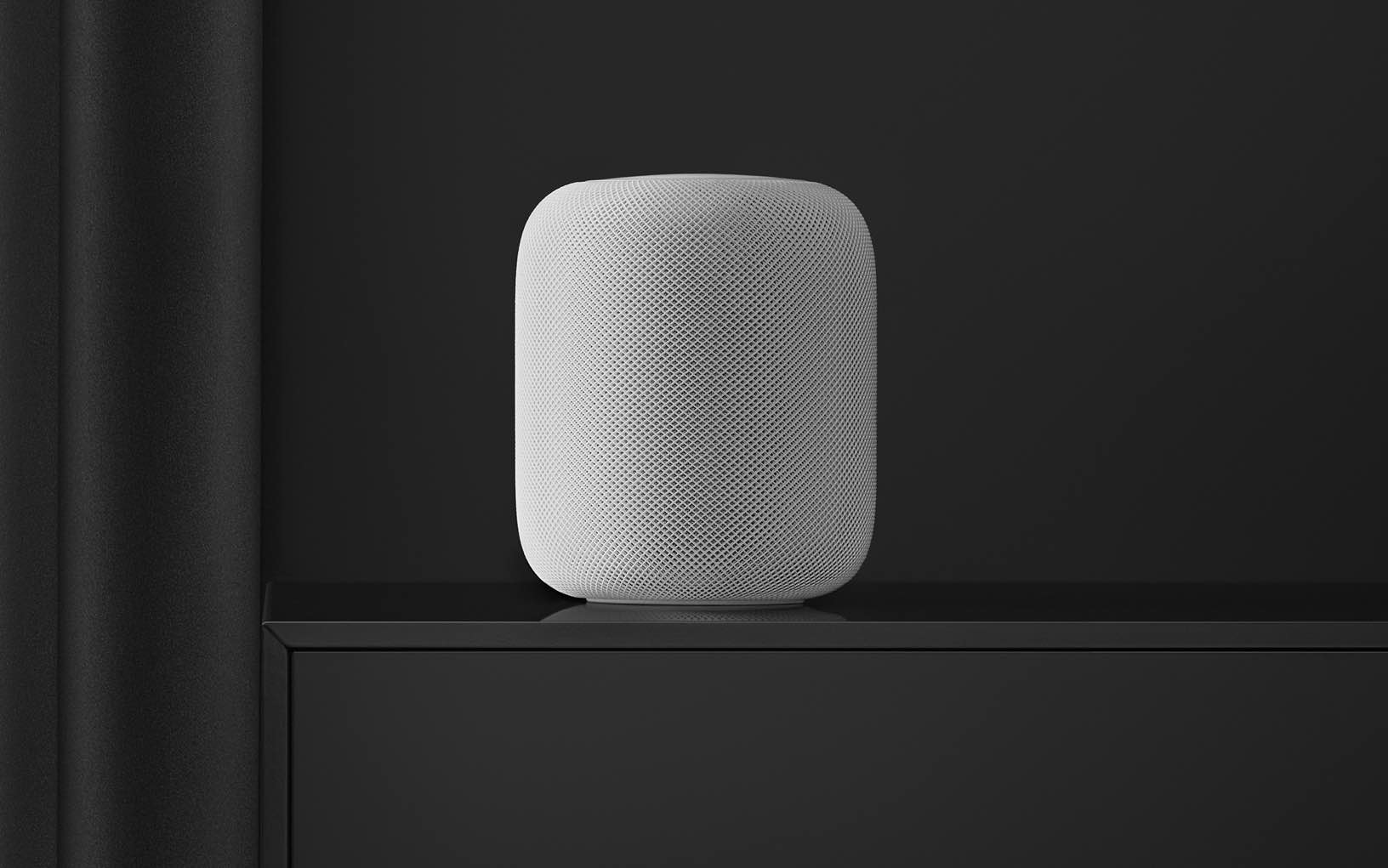
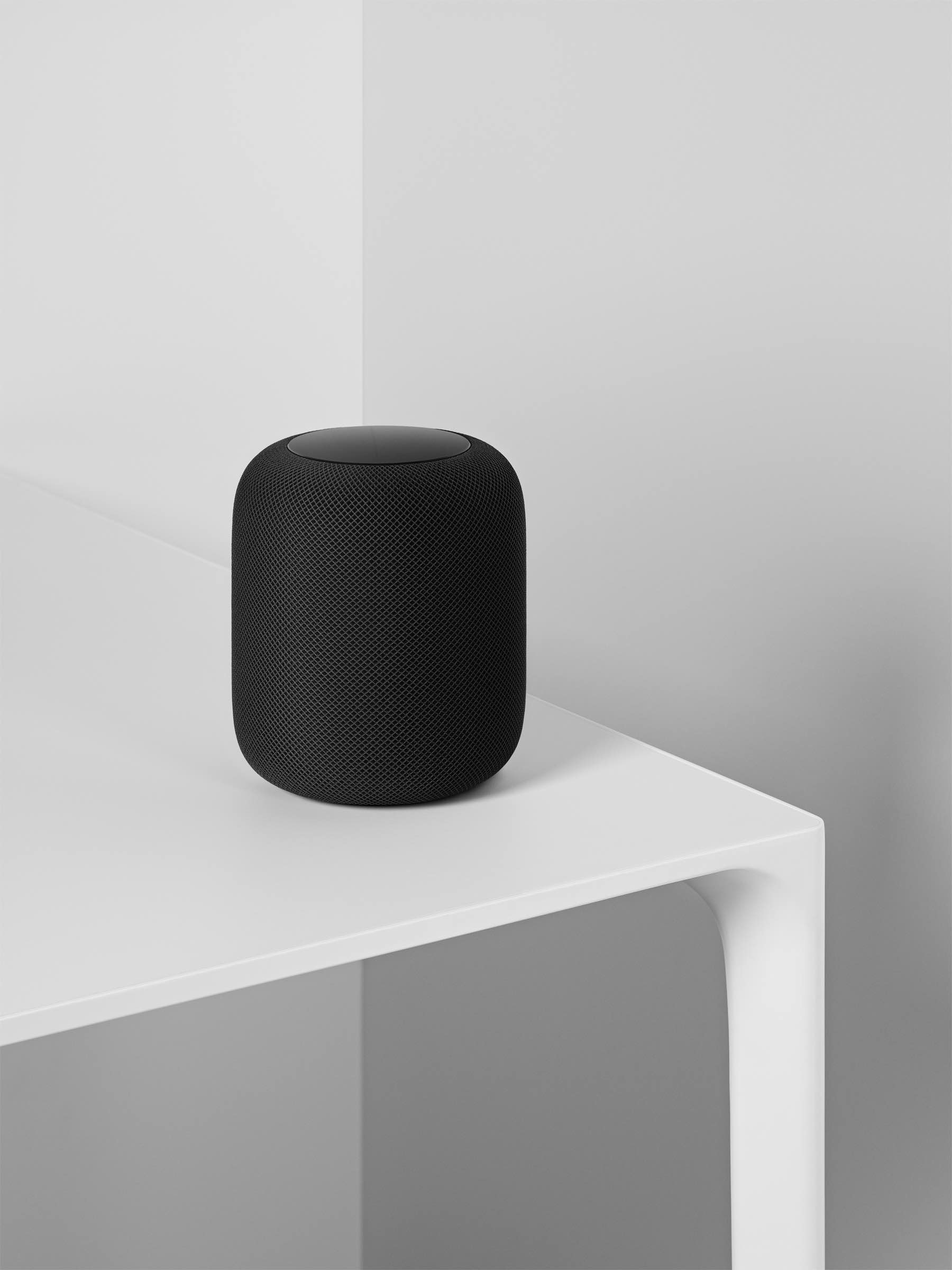
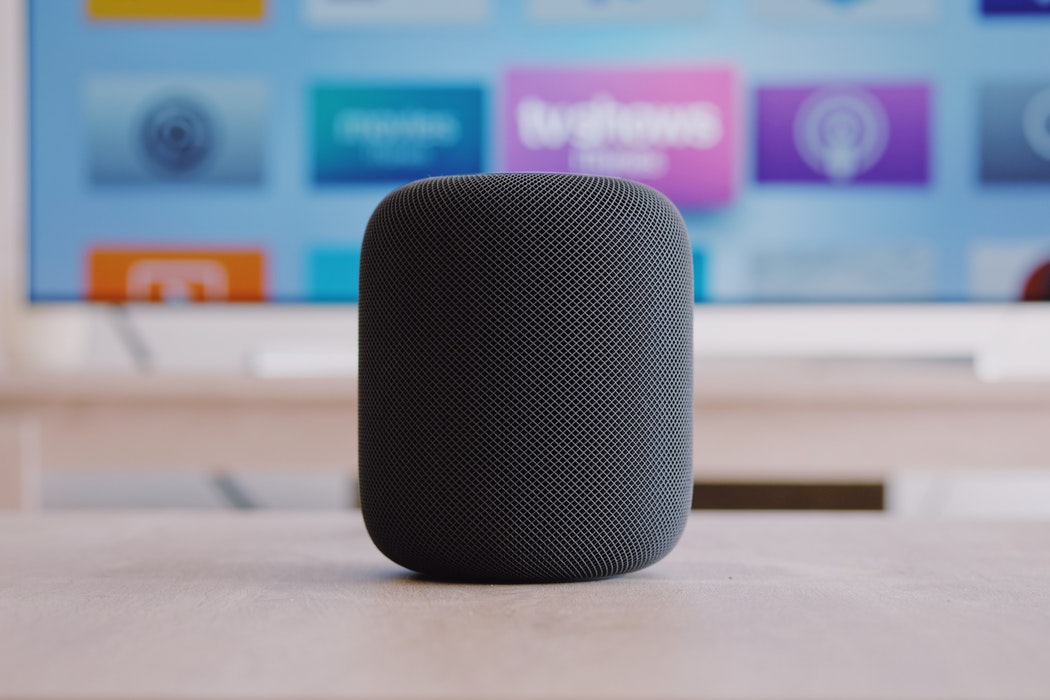
"Primarily, if you have one of the phones with the U1 chip and you want to play content on the HomePod, you just hold the smartphone over the top of the HomePod".
It doesn't work with my iPhone 12, do I need to set or enable something somewhere? I tried different ways, even for a long time, but the music never blended.
Good evening, try checking in Settings > General > AirPlay and Handoff if you have the Handoff to HomePod switch turned on.
I wish you a wonderful Christmas holiday.?